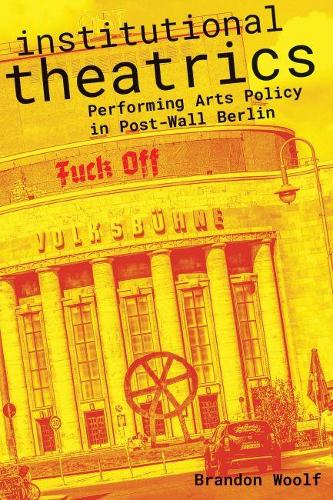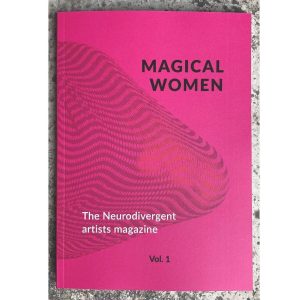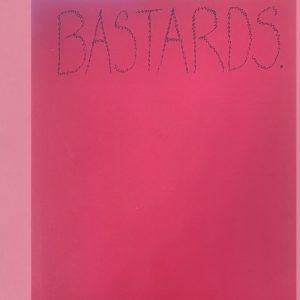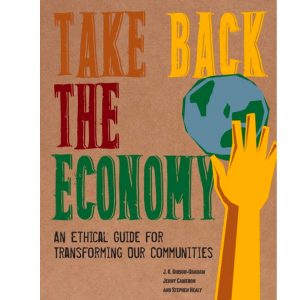Description
“Rigorous, vivid, heartfelt, and timely, Brandon Woolf’s Institutional Theatrics tells at least three urgent stories. Most visible is the story of modern and contemporary theater in Berlin, bursting with some of the world’s most important venues and makers, and enmeshed in—and symptomatic of—that iconic city’s massive ideological changes. Second, it argues for the importance of cultural policy, not as the irrelevant or destructive activity of absentee bureaucrats, but as the necessary creative work of making culture, understanding histories, and imagining futures. Finally, and fundamentally, Institutional Theatrics is about ideas of the public and the people—what we want from them, and how we work culturally to realize them.” —Jen Harvie, author of Fair Play: Art, Performance and Neoliberalism
Since the fall of the Berlin Wall, political and economic agendas in the reunified German capital have worked to dismantle long-standing traditions of state-subsidized theatre even as the city has redefined itself as a global arts epicenter. Institutional Theatrics charts the ways theatre artists have responded to these shifts and crises both on- and offstage, offering a method for rethinking the theatre as a vital public institution.
What is the future of the German theatre, grounded historically in large ensembles, extensive repertoires, and auteur directors? Examining the restructuring of Berlin’s theatrical landscape and most prominent performance venues, Brandon Woolf argues that cultural policy is not simply the delegation and distribution of funds. Instead, policy should be thought of as an artistic practice of institutional imagination. Woolf demonstrates how performance can critique its patron institutions in order to transform the relations between the stage and the state, between the theatre and the infrastructures of its support. Bold, nuanced, and rigorously documented, Institutional Theatrics offers new insights about art, its administration, and the forces that influence cultural production.
280 Pages, Paperback.
ISBN: 978-8101-4355-5





